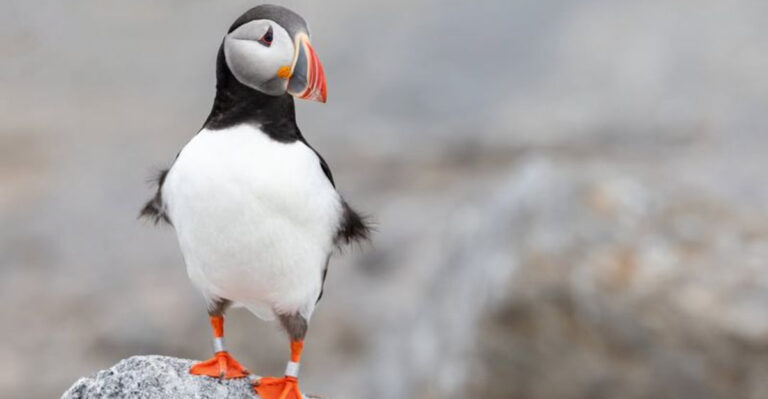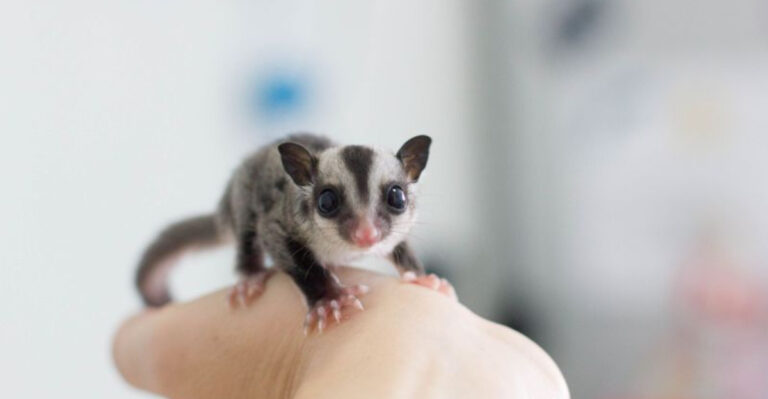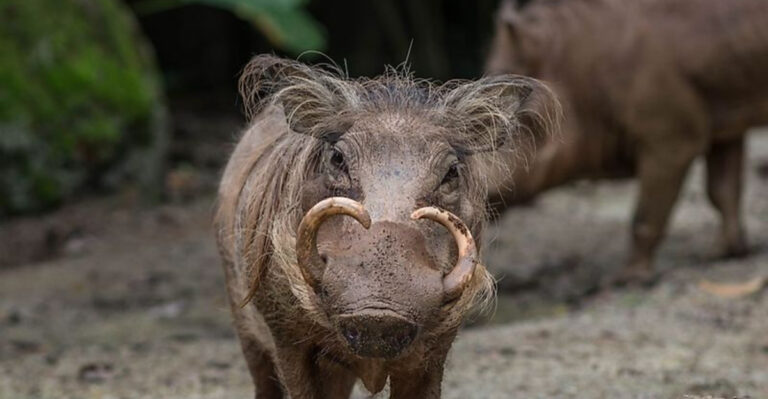The Fastest Land Animals That Roam Arizona’s Deserts
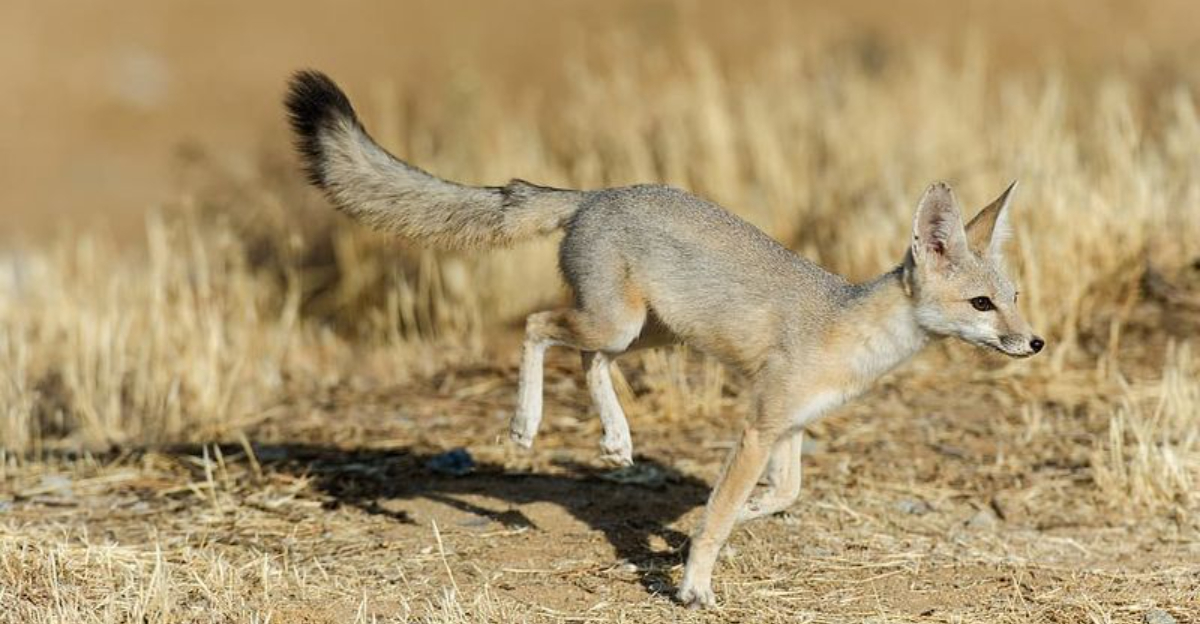
Arizona’s rugged deserts may look empty at first glance, but they’re actually teeming with speedy wildlife. These remarkable creatures have adapted to thrive in the harsh conditions, developing impressive bursts of speed to hunt or escape danger.
Let’s discover the fastest animals racing across Arizona’s desert landscapes and learn what makes them such incredible sprinters.
1. Lightning On Paws: Pronghorn Antelope
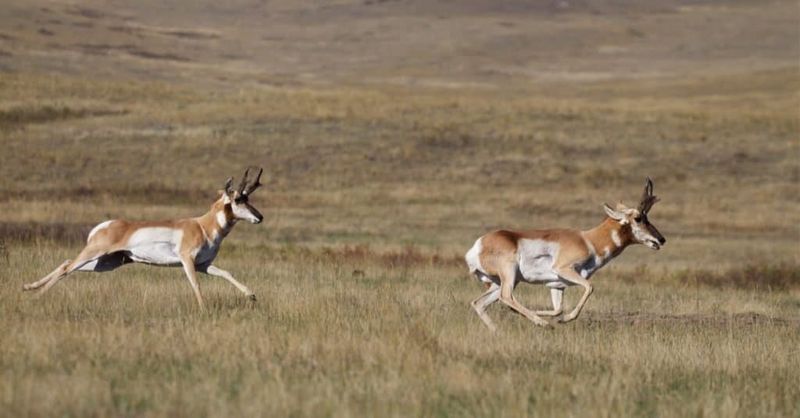
Clocking in at a jaw-dropping 55 mph, these desert speedsters aren’t actually true antelopes! Their incredible stamina allows them to maintain high speeds much longer than cheetahs.
Unlike most speedy creatures, pronghorns don’t hide when threatened – they simply outrun everything. Their oversized hearts, lungs, and windpipes make them nature’s perfect running machines.
2. Desert Roadrunner: Not Just A Cartoon
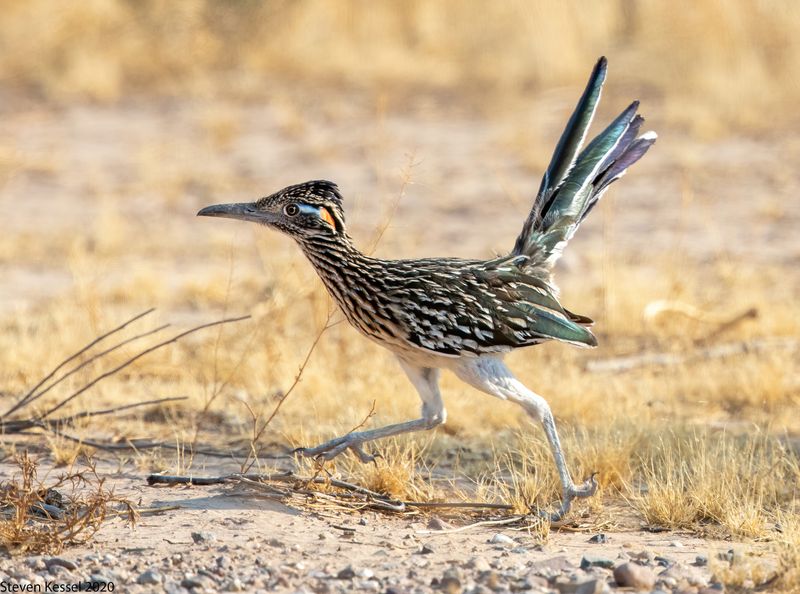
Forget the cartoon – real roadrunners are desert-dwelling speed demons reaching 20 mph on foot. These lanky birds with mohawk-like crests sprint across the sand hunting lizards, snakes, and insects.
Masters of desert survival, they can extract moisture from their prey and rarely need to drink water. Their X-shaped footprints have become iconic symbols of the American Southwest.
3. Swift As Wind: Coyote
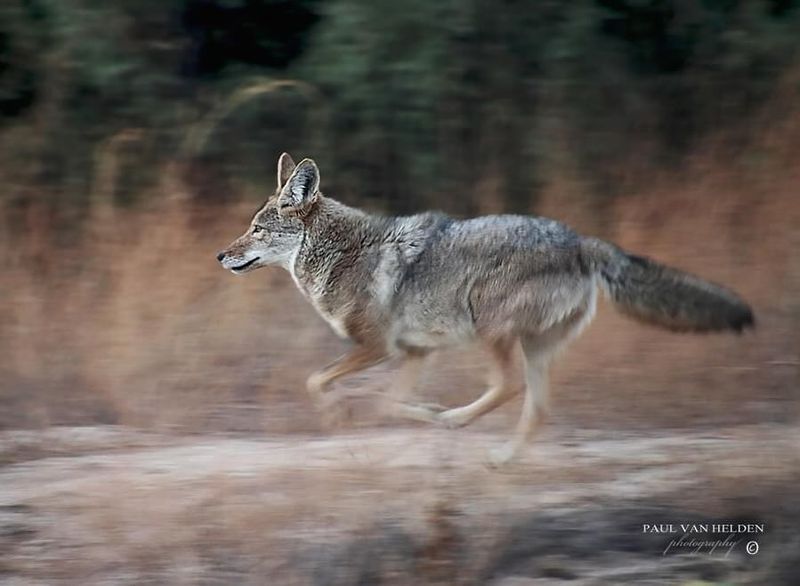
These clever canines can hit an impressive 43 mph when chasing prey or escaping danger. Coyotes use their speed in short, explosive bursts to catch rabbits, mice, and ground squirrels.
Adaptable survivors, they’ve expanded their territory while other predators declined. Their distinctive howls echoing across desert nights aren’t just communication – they’re also taking roll call of family members.
4. Desert Jackrabbit: Built For Escape

Those enormous ears aren’t just for show! Desert jackrabbits can sprint up to 45 mph and leap 10 feet in a single bound when escaping predators.
Their oversized ears serve as natural air conditioners, releasing body heat in the scorching desert. Despite being called rabbits, they’re actually hares – born fully furred with eyes open, ready to run within minutes.
5. Zip-Zoom: Collared Lizard

When danger approaches, these colorful reptiles pop up on their hind legs and literally run on water! Collared lizards can sprint up to 16 mph, often appearing to skip across the desert surface.
Their name comes from the distinctive black bands around their necks. Males flash brilliant turquoise bodies during mating season, transforming from camouflaged desert dwellers to living jewels.
6. Blink And Miss: Kit Fox
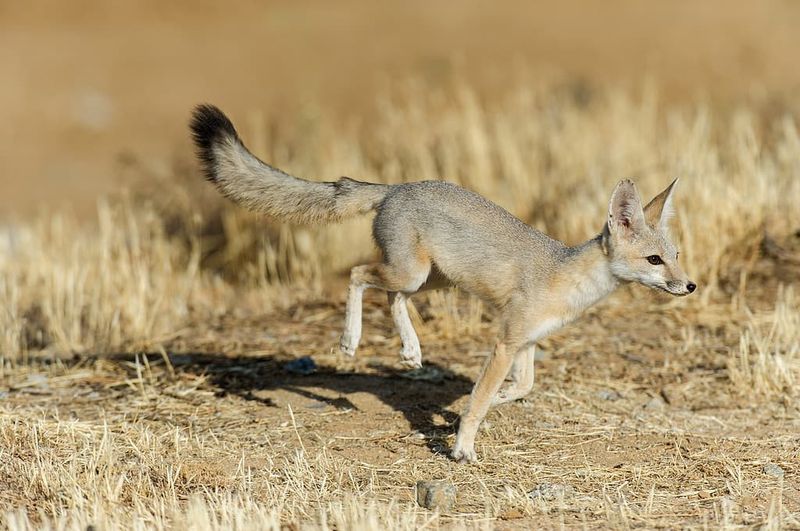
Don’t let the oversized ears and cute looks fool you – kit foxes are quick on their feet, reaching speeds up to 25 mph when chasing down pocket mice and kangaroo rats. With tiny frames and big ears, they resemble desert elves built for speed.
These night hunters rely entirely on prey for hydration, needing no direct water source. A thick coat helps regulate temperature, providing warmth at night and protection from intense daytime heat.
7. Desert Cheetah: American Badger
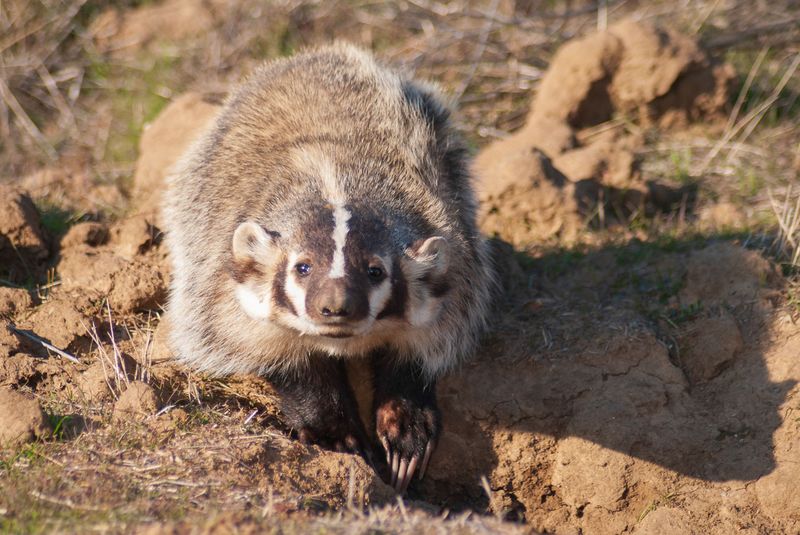
Built like furry tanks, badgers can surprisingly sprint up to 16 mph when motivated. Their powerful front claws aren’t just for digging – they’re weapons that can outmaneuver rattlesnakes.
These grumpy-looking diggers create elaborate tunnel systems that benefit the entire desert ecosystem. Despite their fierce reputation, they’re actually shy creatures that prefer avoiding confrontation unless protecting their young.
8. Dash Masters: Mule Deer

Those enormous ears swivel like radar dishes, detecting predators long before they strike! Mule deer can sprint up to 35 mph and have a unique bouncing run called “stotting” where all four feet leave the ground simultaneously.
Unlike their white-tailed cousins, mule deer don’t run in straight lines when escaping predators. They use unpredictable zigzag patterns and impressive leaps to confuse coyotes and mountain lions.
9. Speedy Stripes: Coachwhip Snake
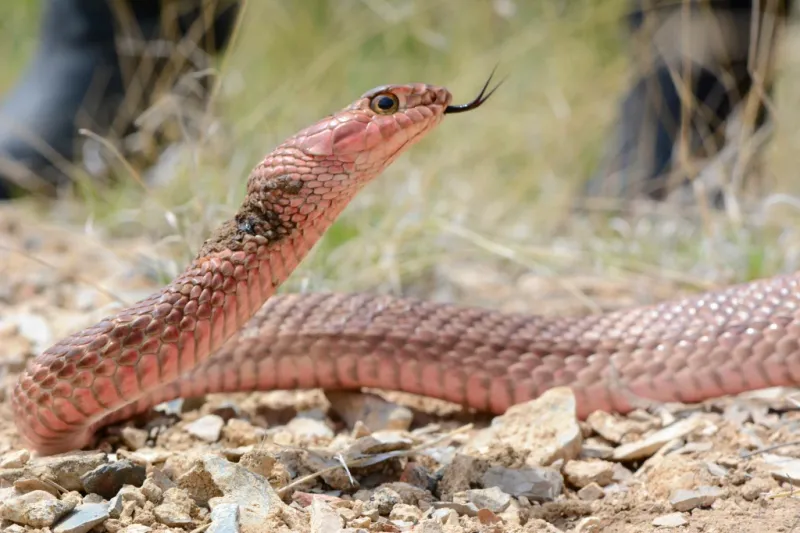
Racing across the desert floor at 4 mph might not sound impressive until you realize these snakes have no legs! Coachwhips are among the fastest serpents in North America, moving so quickly they seem to flow over the ground.
Their name comes from their resemblance to old-fashioned horse whips. Unlike most snakes, coachwhips are diurnal hunters with excellent vision who actively chase down prey rather than ambushing it.
10. Desert Ferrari: Sonoran Pronghorn

Racing across the desert at 60 mph, these endangered speedsters are actually faster than their northern cousins! Sonoran pronghorns have evolved extreme endurance to search vast territories for scarce resources.
Their eyes – nearly as large as an elephant’s – can spot movement up to four miles away. These magnificent runners are living fossils, the last survivors of a family of hoofed mammals that once included 12 different species.
11. Bobcat Blur: Desert’s Stealth Sprinter

Exploding from hiding at 30 mph, these spotted ambush hunters combine speed with surprise. Bobcats can leap 12 feet horizontally in a single bound when pouncing on unsuspecting rabbits.
Their tufted ears and bobbed tails make them instantly recognizable. Despite weighing just 15-35 pounds, these compact predators can take down animals several times their size through sheer acceleration and precision.
12. Velocity Venom: Western Diamondback Rattlesnake
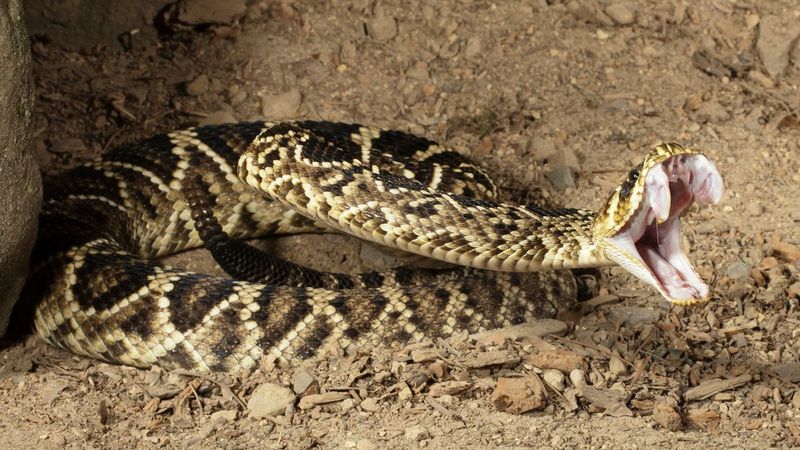
Their strike happens faster than you can blink – literally! Western Diamondbacks can launch their heads forward at 175 mph, making their strike among the fastest movements in the animal kingdom.
While they can’t sustain running speeds, their explosive strike compensates for limited mobility. The distinctive rattle isn’t meant to scare you – it’s actually a polite warning to back off before they’re forced to use those lightning-fast fangs.
13. Sonic Speed: Kangaroo Rat
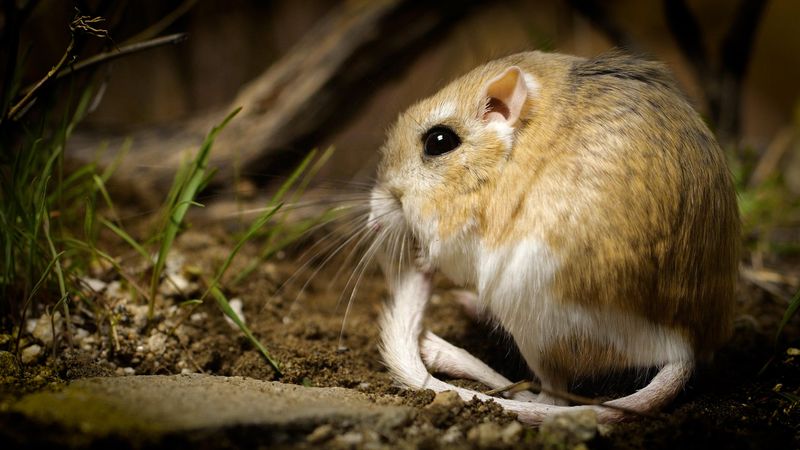
These tiny ninjas can jump 9 feet in a single bound – equivalent to a human leaping over a three-story building! Kangaroo rats dodge rattlesnake strikes using incredible reflexes, responding in just 38 milliseconds.
Their powerful hind legs enable zigzagging hops at 10 mph. These amazing creatures never need to drink water, manufacturing all the moisture they need from dry seeds through a remarkable metabolic process.
14. Racing Stripes: Desert Cottontail

Don’t be fooled by their cute appearance – these fluffy speedsters can zigzag at 18 mph, making them nearly impossible for predators to catch. Desert cottontails use a surprising strategy: running in circles rather than straight lines.
This circular escape pattern keeps them near their protective burrows. Unlike jackrabbits, cottontails are true rabbits born hairless and blind, completely dependent on their mothers during their first vulnerable weeks.



